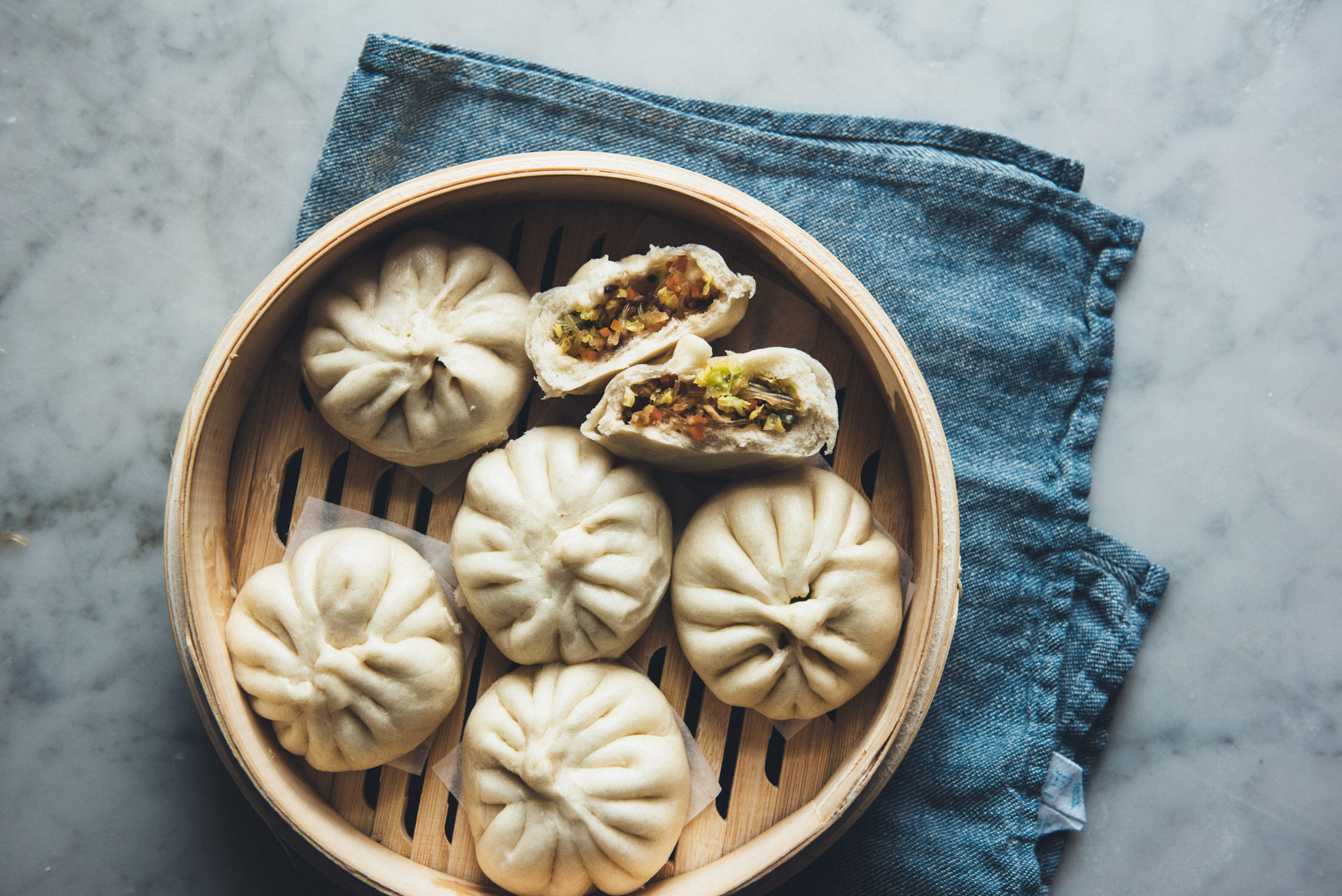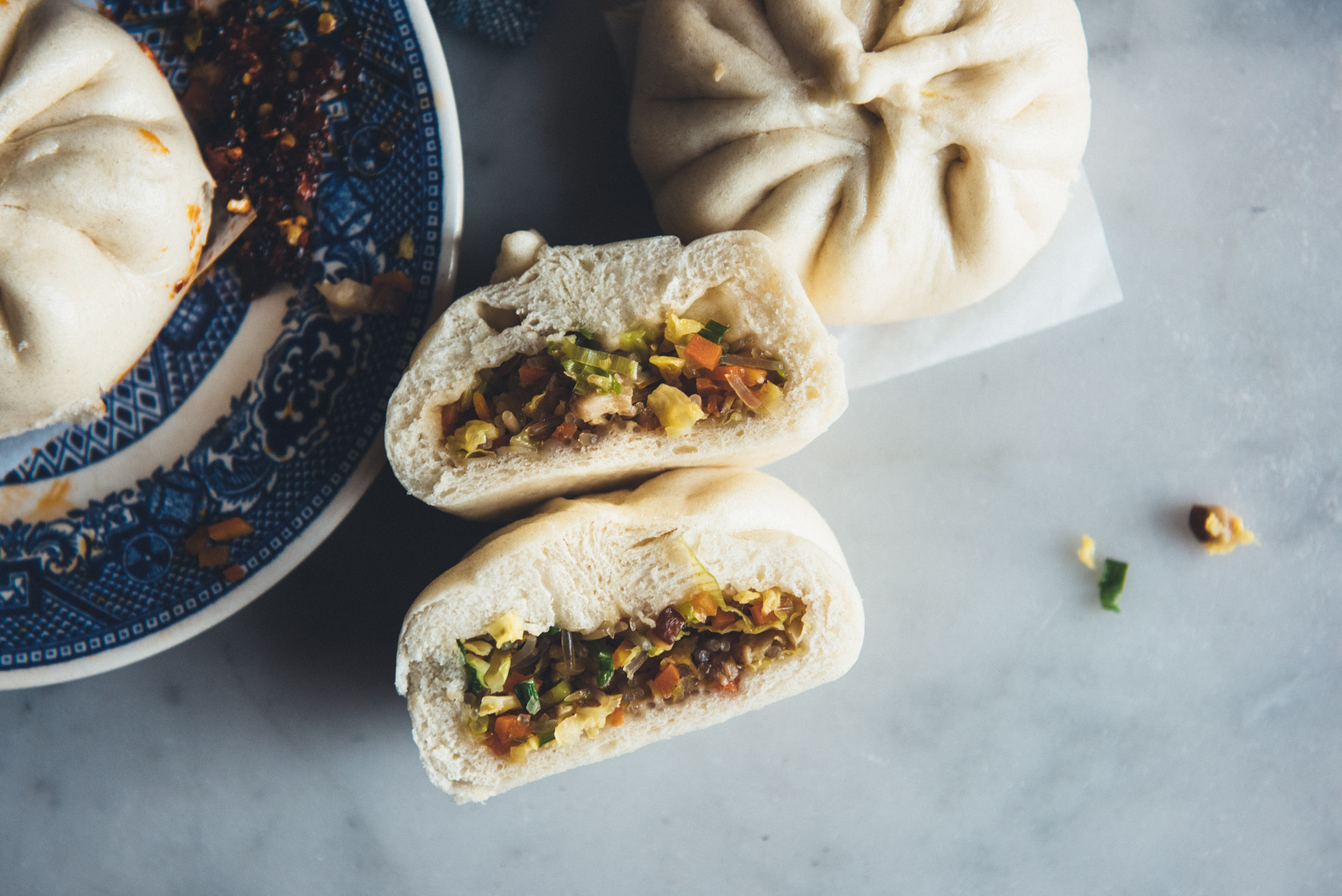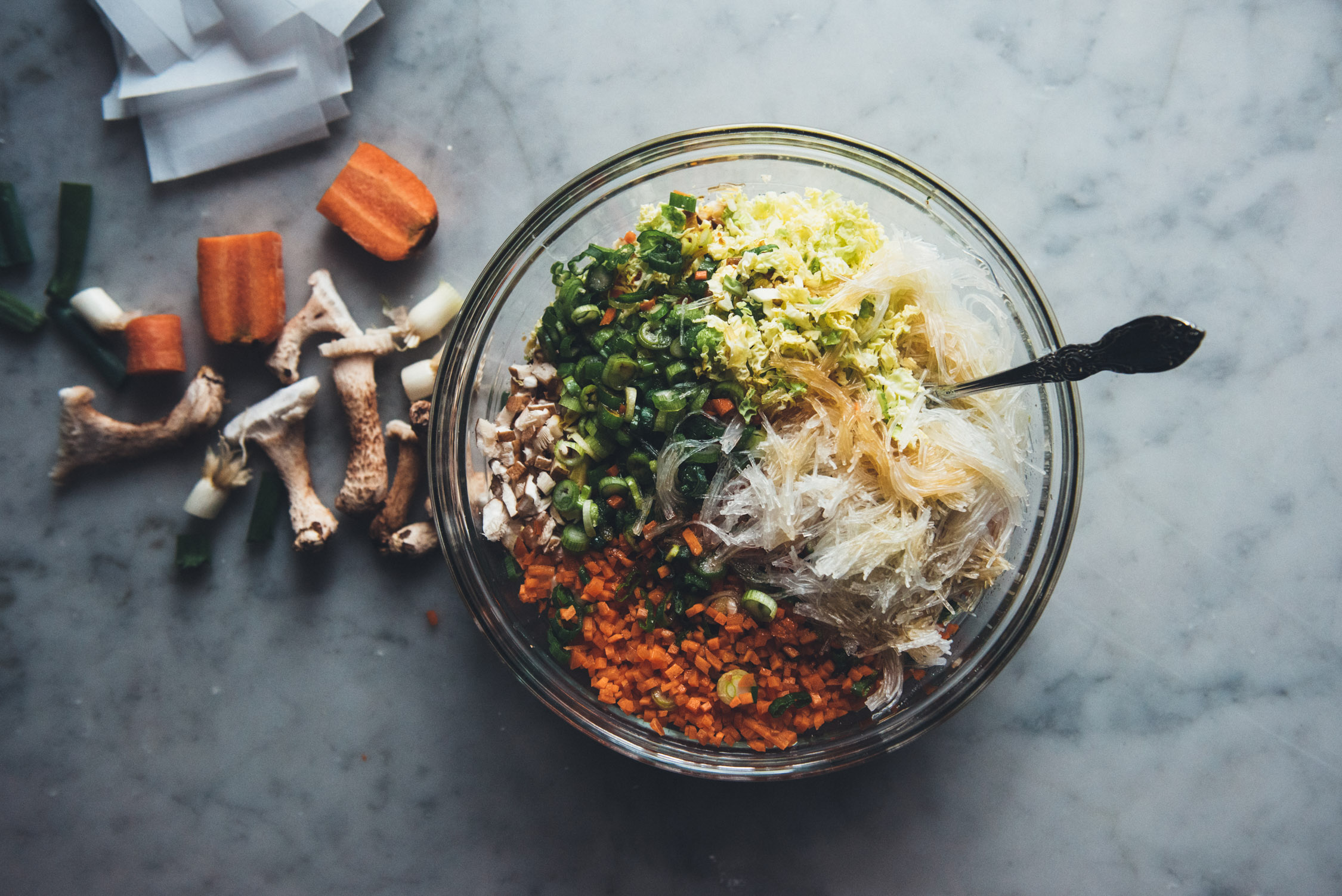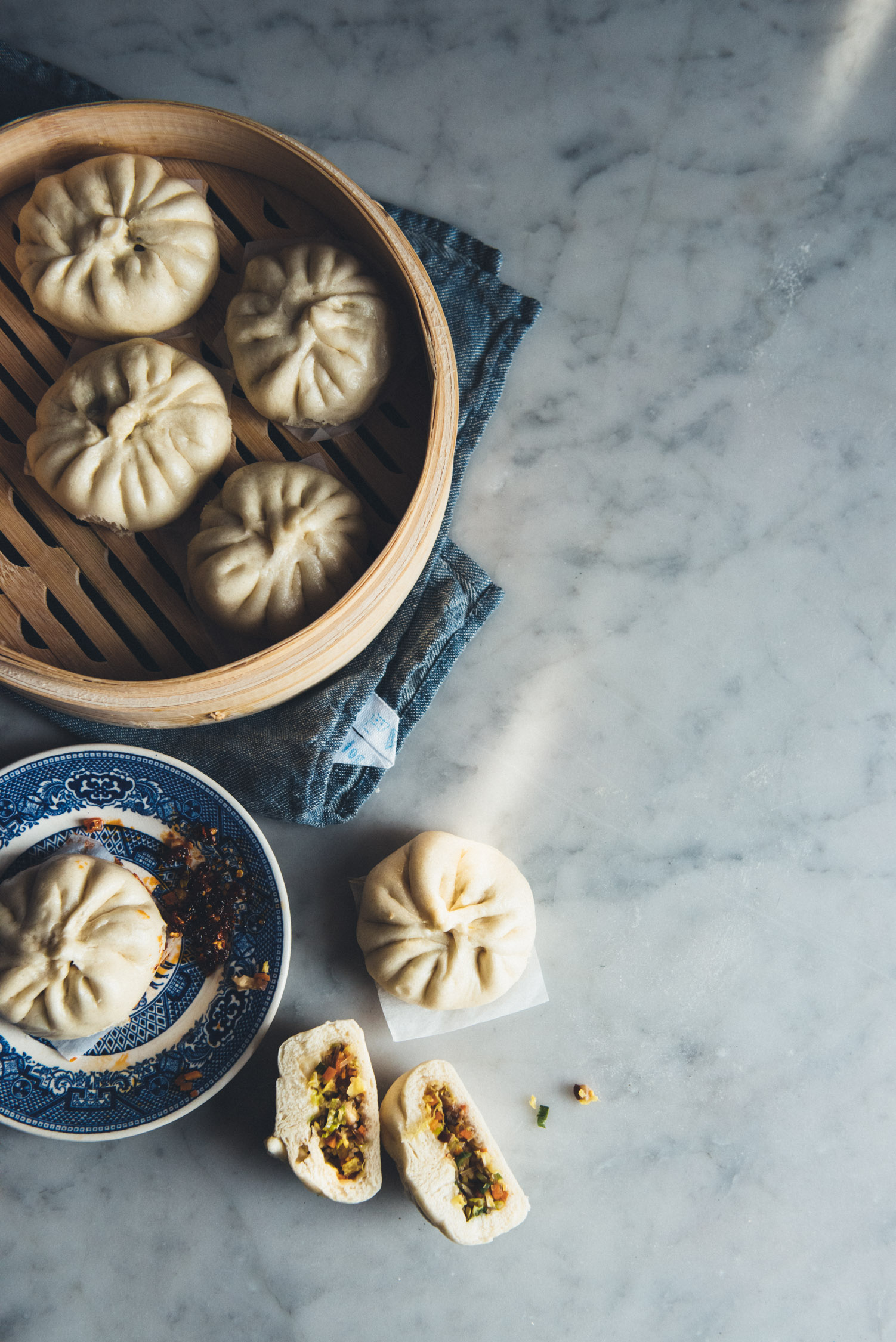My grandfather was an extraordinary man. Born in the 1920s in rural China, he never had the privilege of receiving an education, but he became a carpenter famous to the locals for his skill. Aside from the usual tables and chairs, he built irrigation pumps to move water from low to high ground, rice mills that used wind to separate viable rice from empty husks from stones. It will always astound me that this man, who couldn't even read, could build complex machines.
He lived a long life, and I hope a happy one. The last time I saw my grandpa was seven years ago. By then he was mostly bed bound, only getting up a few times a day to eat or relieve himself. He went blind later in life, so I don't think he ever knew what most of his grandchildren looked like. He only spoke a regional dialect of Chinese which is barely recognizable to my mandarin speaking self, so we couldn't really communicate with each other. All the stories I have of him were told secondhand by my mom; what I wouldn't give to have heard them from him.
Recently I was relayed the story of his childhood. At the sprightly young age of 7, his father passed away, leaving behind his mother, his younger brother and himself. One night while his mother was sleeping, her family kidnapped her and forced her into marriage (read: sold her) to another man. So a new husband she had. Unfortunately, she was only allowed to take one son, her youngest, which left my grandfather orphaned. In China, the concept of family extends far beyond that of the nuclear family, so you would expect some of his cousins or uncles or aunts would take him in but they did not. Instead they took the land that was rightfully his (from the death of his father), saying he was too young, and abandoned him.
He eventually found work with another family, taking care of their water buffalos in exchange for food and somewhere to sleep. This worked well until he came down with a deathly bout of malaria at 11 years old, and fearing he would die, the family he worked for terminated his arrangement because they didn't want him dying in their home. His mother received news of his predicament and left to go find him. Though she was barely able to walk from bound feet, she literally dragged him back to her home and was able to care for him until he recovered. A few years down the line once he was at full health, he went back to his hometown, demanded the land that was rightfully his and got it. He started teaching himself skills, he married my grandmother, he built a house, he had five children and he thrived despite his circumstances.
When I was younger, I wanted to fit in so badly with the other kids. I didn't like the fact that I was different: my skin was yellow instead of pink, my eyes looked "weird", my mom would make me smelly Chinese food for lunch. I was stupidly ashamed of my background and my culture.
These days I couldn't be more proud of where I come from, of what my grandparents and my parents were able to accomplish so that I can safely sit behind the glass of my first world privilege and never know the suffering they knew. That the biggest problem I have is the cost of rent in Brooklyn and my cats waking me up too early in the morning. So thank you grandpa, for your hard headed, iron clad will to survive, thank you for letting your children get an education because you realized the hardship of never having one. Even though mom tells me stories of only having thinned out rice porridge and preserved vegetable rations to eat when she was growing up, I hope you had the pleasure of eating well later in life, maybe you even enjoyed a tasty baozi or two.
Dough recipe adapted from Andrea Nguyen via the Los Angeles Times
Notes:
You can find cellophane noodles at any asian grocery store. They look similar but are quite different from thin rice vermicelli, so make sure you grab the right one. Cellophane noodles (or glass noodles, or bean thread) are made generally from mung beans and they hold up well when cooked.
Any leftover filling can be stored in the fridge for up to 2 days. I generally like a high filling to bun ratio so I don't usually have leftovers, but you might if you prefer it the other way around.
If you have never folded a baozi before, there are plenty of great youtube videos to reference and learn the technique (I'm still terrible at it).
Makes 14 to 15 buns.
Ingredients:
For the dough:
1 & 1/2 tsp active dry yeast
3/4 cup warm water
2 tbsp granulated sugar
2 tsp baking powder
12 & 1/2 oz (355 grams) bleached all-purpose flour
2 tbsp canola oil
For the filling:
1.5 oz dried cellophane noodles/bean thread
5 oz savoy cabbage, finely chopped
4 oz shiitake mushrooms, finely chopped
1 small to medium carrot, finely chopped
4 scallions, thinly sliced
1 tbsp sugar
1 tbsp soy sauce
2 tbsp oyster sauce (optional)
1 tbsp olive oil
2 tsp sesame oil
1/2 tsp salt, plus more to taste
Instructions:
Prepare 15 squares of parchment paper, each measuring about 2 & 3/4 inches in width and height.
Combine yeast, warm water, and 1/4 tsp of granulated sugar in a liquid measuring cup. Stir to dissolve and let sit for 5 minutes until bubbly on top. Sift the remaining sugar, baking powder, and flour together in a large mixing bowl. Add the oil and the activated yeast mixture to the flour and stir with a spoon or spatula until a lumpy dough forms. Once it becomes difficult to stir, use your hands to knead the dough, adding more flour if the dough is too sticky or water if it's too dry one teaspoon at a time, until it comes away cleanly from the bowl. Turn the dough onto a clean counter and knead by hand for another 5 minutes until smooth and elastic. Return dough to the mixing bowl, cover with plastic wrap, and let rise for 45 minutes to 1 hour until doubled in size.
In the meantime, making the filling. Place the cellophane noodles in a heatproof bowl and add enough boiling water to submerge the noodles completely. Drain the noodles after two minutes, they should be soft but not mushy. Once cooled, roughly cut the noodles into 1 inch segments. Place the noodles, chopped cabbage, mushrooms, carrot, and scallions in a large mixing bowl. Add sugar, soy sauce, oyster sauce (optional), olive oil, sesame oil, and salt. Stir to combine, taste, and add more salt as needed. Cover and let sit until ready to use.
Once the dough is ready, turn it onto a clean counter once more and press out any excess air. Roll the dough into a log and start cutting off segments measuring about 1.5 oz each. This should give you about 14 to 15 small pieces of dough. Work with one piece at a time, covering the rest to keep them from drying out. Roll out the dough into a circle, 4 to 5 inches in diameter with the middle being thicker than the edges. Take the rolled out dough in one hand, place 2 spoonfuls of filling in the middle, and start pleating and pinching the edges together until you have formed a closed bun. Place the completed buns on a parchment paper square and set aside, covered. Repeat until all the pieces of dough have been filled. Let the buns rise for 30 minutes (though if you are slow like me, your first few buns will have finished rising by the time you finish the last few, so you can start steaming them right away in batches). Place the buns, parchment paper and all, into your steamer basket, leaving about 1 inch of space between each bun. Fill a pot with water and turn the heat to high. Once the water starts forming small bubbles at the bottom of the pot but before it starts boiling, gently lower the steamer into the pot and steam for 15 minutes until your baozis are big and fluffy. If you are steaming in batches, refill the water as necessary and repeat the process. When finished, remove from heat and enjoy immediately.









